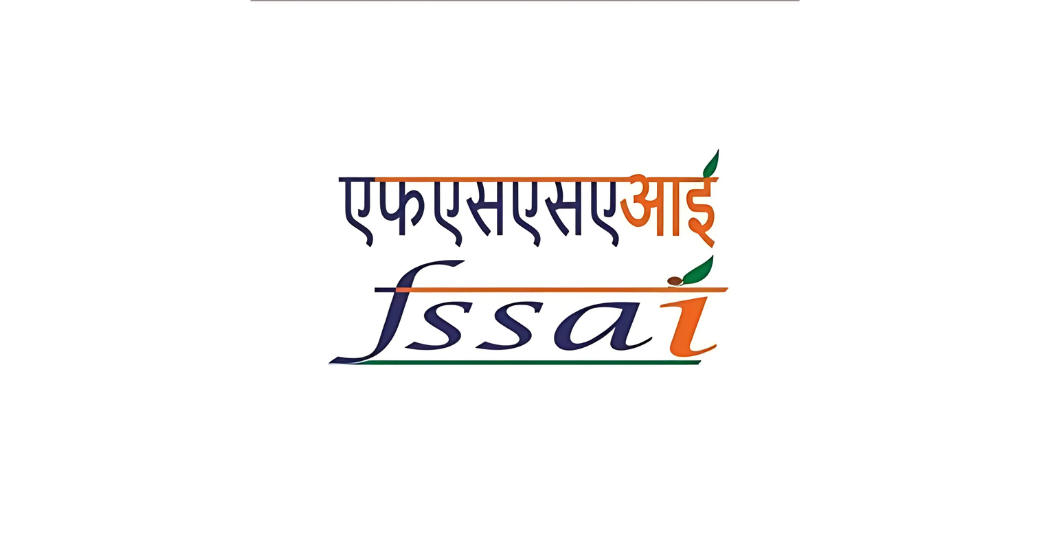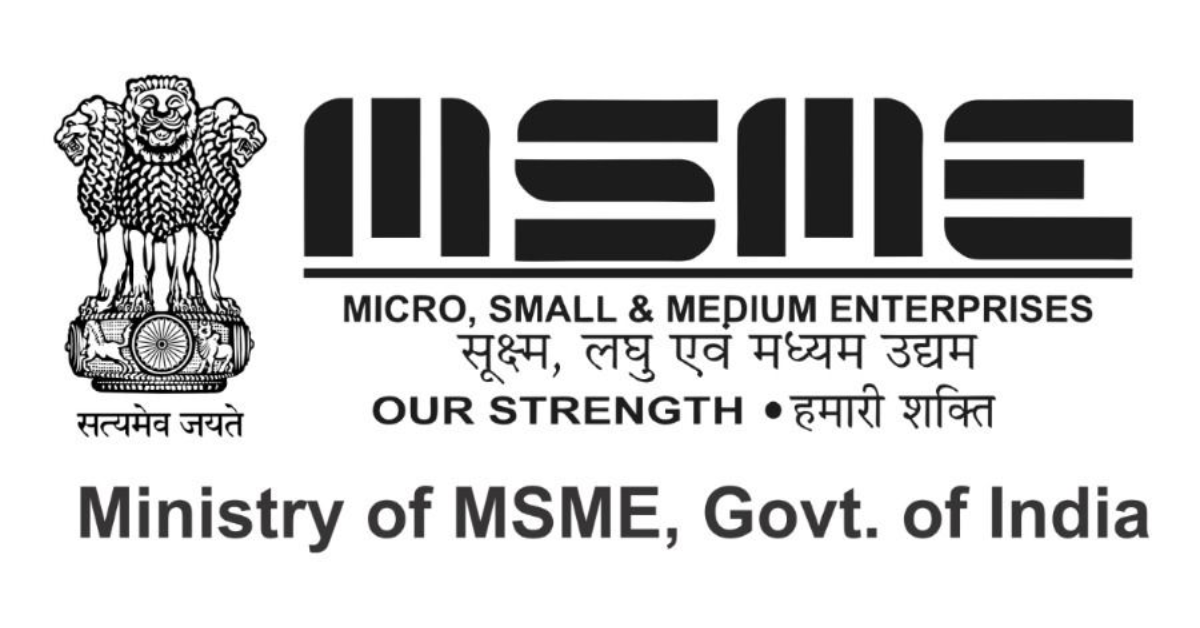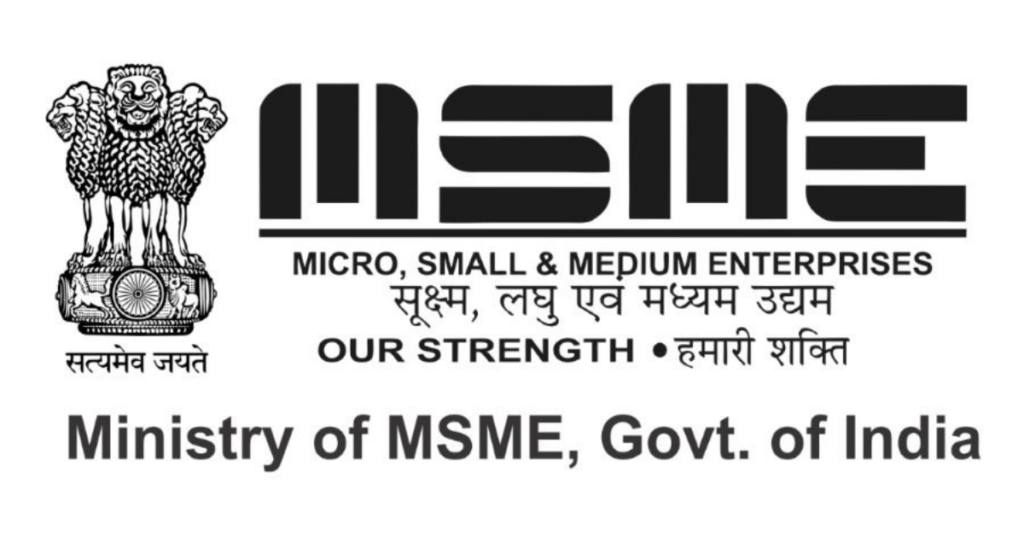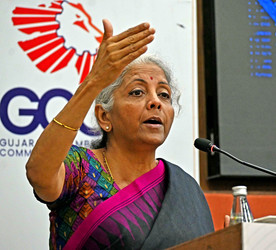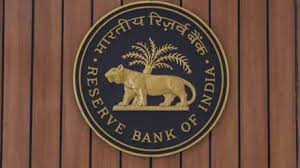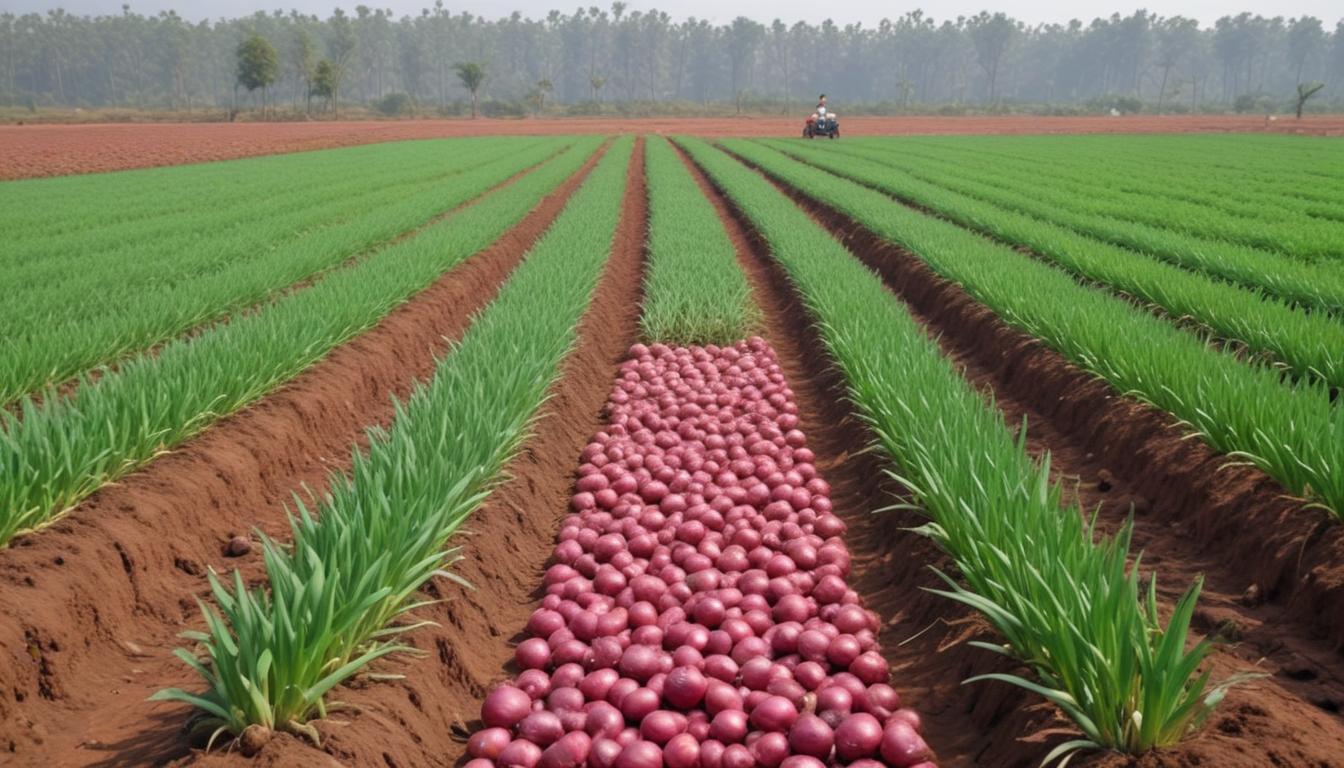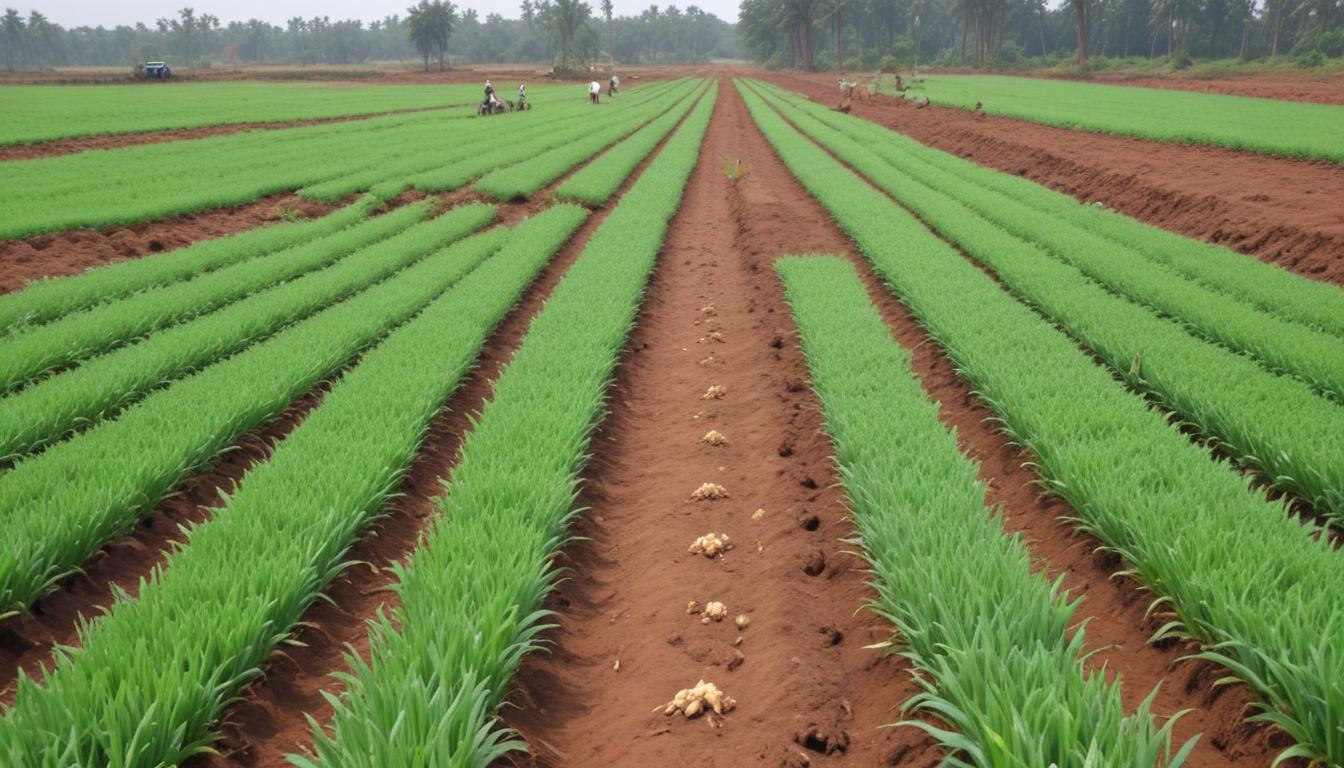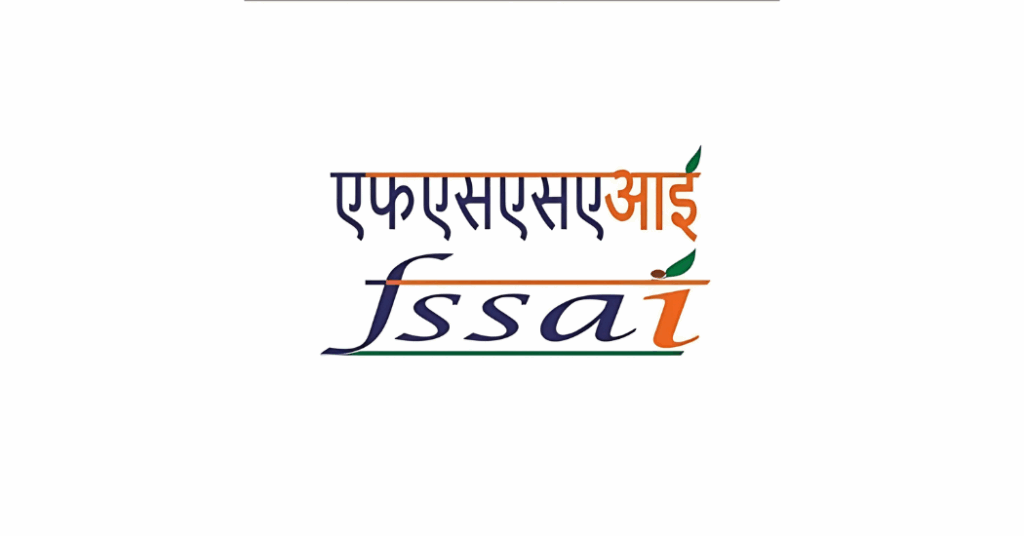
Fssai advisory on misleading “100%” food claims
The Food Safety and Standards Authority of India (FSSAI) has released a crucial advisory targeting misleading claims in food labelling and food advertising. This directive specifically addresses the use of “100%” claims on food product packaging. The FSSAI’s move aims to safeguard consumers from deceptive marketing practices and ensure accurate representation of food products. This advisory is a significant step towards strengthening food safety and food standards across India.
The FSSAI’s advisory cautions Food Business Operators (FBOs) against using unqualified statements such as “100% pure”, “100% natural”, or “100% safe” on their products. These 100% claims can often mislead consumers into believing a product is entirely free from additives, contaminants, or processing, which may not always be the case. The regulator emphasises the need for transparent and truthful information on food labels to enable informed purchasing decisions.
This advisory from the FSSAI is likely to have a considerable impact, particularly on SMEs and startups operating within India’s food sector. Many of these businesses rely heavily on marketing strategies that highlight perceived purity or naturalness to attract customers. The new guidelines will require them to reassess their current food labelling and food advertising practices to ensure compliance with food regulations and avoid potential penalties for misleading claims.
Common Misleading Claims
The FSSAI advisory highlights several common examples of misleading claims that FBOs often employ. One prevalent tactic involves using “100% natural” claims on products that have undergone significant processing or contain added ingredients. For example, a fruit juice labelled “100% natural” might contain added sugars or preservatives, contradicting the claim. Similarly, the term “100% pure” is frequently misused on products like honey or ghee, even when they may contain traces of adulterants or have been processed in a way that alters their original composition. These misleading claims undermine consumer trust and distort the market.
Another area of concern is the use of “100% safe” claims. The FSSAI points out that no food product can be guaranteed to be entirely risk-free for all consumers. Factors such as individual allergies, sensitivities, or pre-existing health conditions can influence how a person reacts to a particular food. Therefore, making blanket “100% safe” statements on food packaging is considered misleading and potentially dangerous. The FSSAI emphasises that FBOs must avoid making unqualified safety assertions and instead focus on providing accurate information about ingredients, potential allergens, and proper usage instructions to promote food safety.
Furthermore, the advisory addresses instances where companies use creative wording to imply a “100% claim” without explicitly stating it. This includes phrases like “made with 100% real ingredients” when only some of the ingredients meet that standard. Such subtle forms of deception also fall under the purview of the FSSAI’s scrutiny. The regulator is urging SMEs and larger businesses across India to review their food labelling and food advertising materials carefully to ensure they are not making any overt or implied misleading claims that could violate food regulations and compromise food standards. Compliance with these guidelines is crucial for maintaining consumer confidence and fostering a fair marketplace.
Understanding The Regulations
The FSSAI’s stance on “100% claims” is rooted in the Food Safety and Standards Act, 2006, and associated regulations. These regulations mandate that food labels must provide clear, accurate, and truthful information about the product’s contents, origin, and manufacturing process. The Act empowers the FSSAI to set food standards, regulate food manufacturing, distribution, and sale, and take action against FBOs that violate food regulations. The current advisory serves as a clarification and reinforcement of these existing legal provisions, specifically targeting the deceptive use of “100% claims” in food labelling and food advertising.
Specifically, the FSSAI’s regulations pertaining to food labelling require that all ingredients be listed in descending order of weight, and any additives, preservatives, or processing aids must be clearly identified. Nutritional information, including calorie count, fat content, and sugar levels, must also be prominently displayed. The “100% claim”, when used, must be substantiated by verifiable evidence and not contradict any other information provided on the packaging. For instance, a product labelled “100% juice” must genuinely consist of only juice without any added sugars, preservatives, or artificial flavourings. Any deviation from these requirements can lead to enforcement action by the FSSAI.
Furthermore, the FSSAI’s advisory draws attention to the broader principles of fair trade and consumer protection enshrined in Indian law. The Consumer Protection Act, 2019, prohibits unfair trade practices, including misleading food advertising and false representations about the quality, quantity, or composition of goods. By issuing this advisory, the FSSAI is reinforcing its commitment to upholding these principles and ensuring that consumers in India are not misled by deceptive marketing tactics. The FSSAI aims to create a level playing field for businesses while safeguarding the health and economic interests of consumers. This focus is important to improve food safety and food standards across India, especially for SMEs.
Compliance And Enforcement
The FSSAI has outlined a multi-pronged approach to ensure compliance with its advisory on misleading claims. This includes proactive monitoring of food labelling and food advertising across various platforms, from physical packaging to online advertisements. The FSSAI will conduct regular inspections of food manufacturing facilities and retail outlets to verify that FBOs are adhering to the guidelines. This rigorous oversight is designed to deter the use of misleading claims and promote transparency in the food sector. Consumers also play a vital role in enforcement by reporting suspected violations to the FSSAI.
In cases of non-compliance, the FSSAI has the authority to take a range of enforcement actions against FBOs. These actions may include issuing warning notices, imposing monetary penalties, suspending or cancelling licenses, and even initiating legal proceedings. The severity of the penalty will depend on the nature and extent of the violation, as well as the FBO’s history of compliance. The FSSAI is committed to ensuring that penalties are proportionate and serve as a deterrent against future violations. This firm stance underscores the FSSAI’s commitment to upholding food safety and food standards.
To further support compliance, the FSSAI plans to conduct educational outreach programs for SMEs and other stakeholders in the food industry. These programs will provide guidance on best practices for food labelling and food advertising, as well as clarification on the specific requirements of the advisory. The FSSAI believes that education and awareness are crucial for fostering a culture of compliance within the industry. These outreach programs will help FBOs understand their obligations and avoid unintentional violations of food regulations. The FSSAI advisory is designed to protect consumers from misleading claims and promote fair competition in the Indian food market.
